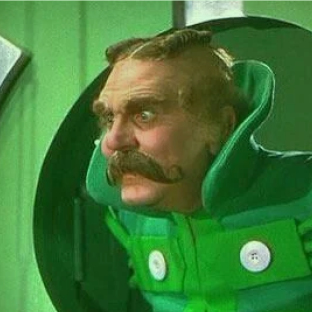Do you know why we have typefaces on personal computers? And why do we use the @ symbol in our emails? Learn about a Trappist monk and a computer programmer who changed the way we communicate in the digital age.
Do you know why we have typefaces on personal computers? And why do we use the @ symbol in our emails? They were created by two visionaries that you have probably never heard of before.
Rev. Robert Palladino, a Trappist monk, priest and calligrapher taught a class in calligraphy at Reed College where Steve Jobs briefly attended school in 1972. Jobs was so enamored with the font designs that he insisted that they be included in the original Macintosh computers.
“I learned about serif and sans serif typefaces, about varying the amount of space between different letter combinations, about what makes great typography great,” Mr. Jobs said in a 2005 commencement address at Stanford. “It was beautiful, historical, artistically subtle in a way that science can’t capture, and I found it fascinating.” He continued: “Ten years later, when we were designing the first Macintosh computer, it all came back to me. And we designed it all into the Mac. It was the first computer with beautiful typography. If I had never dropped in on that single course in college, the Mac would have never had multiple typefaces or proportionally spaced fonts. And since Windows just copied the Mac, it’s likely that no personal computer would have them.”
Raymond Tomlinson created the ubiquitous @ symbol for email use in 1971. He settled on the @ symbol because he needed a key stroke that was not used in standard computer coding. According to his New York Times obituary, Mr. Tomlinson went on to play an important role in developing the first email standards, including the now-familiar name, date and subject headers atop every email message.
The “at” sign, meanwhile, assumed a life of its own. It was known as the “commercial a” when it appeared on the American Underwood typewriter in 1884 and was understood to mean “at” or “at the rate of,” as in the ledger notation “one doz. widgets@34 cents ea.”
Once introduced into email, it took on a personality, and a variety of pet names. In French and Italian, it is called a snail. Israelis know it as a strudel, and Finns, having decided that it resembles a curled-up cat, call it miukumauku, or “the meow sign.”
In 1996, for the first time in the United States, more electronic mail was being sent than postal mail. According to a report by the Radicati Group on global email use, last year over two billion emails were sent every day from 4.35 billion registered email accounts.






